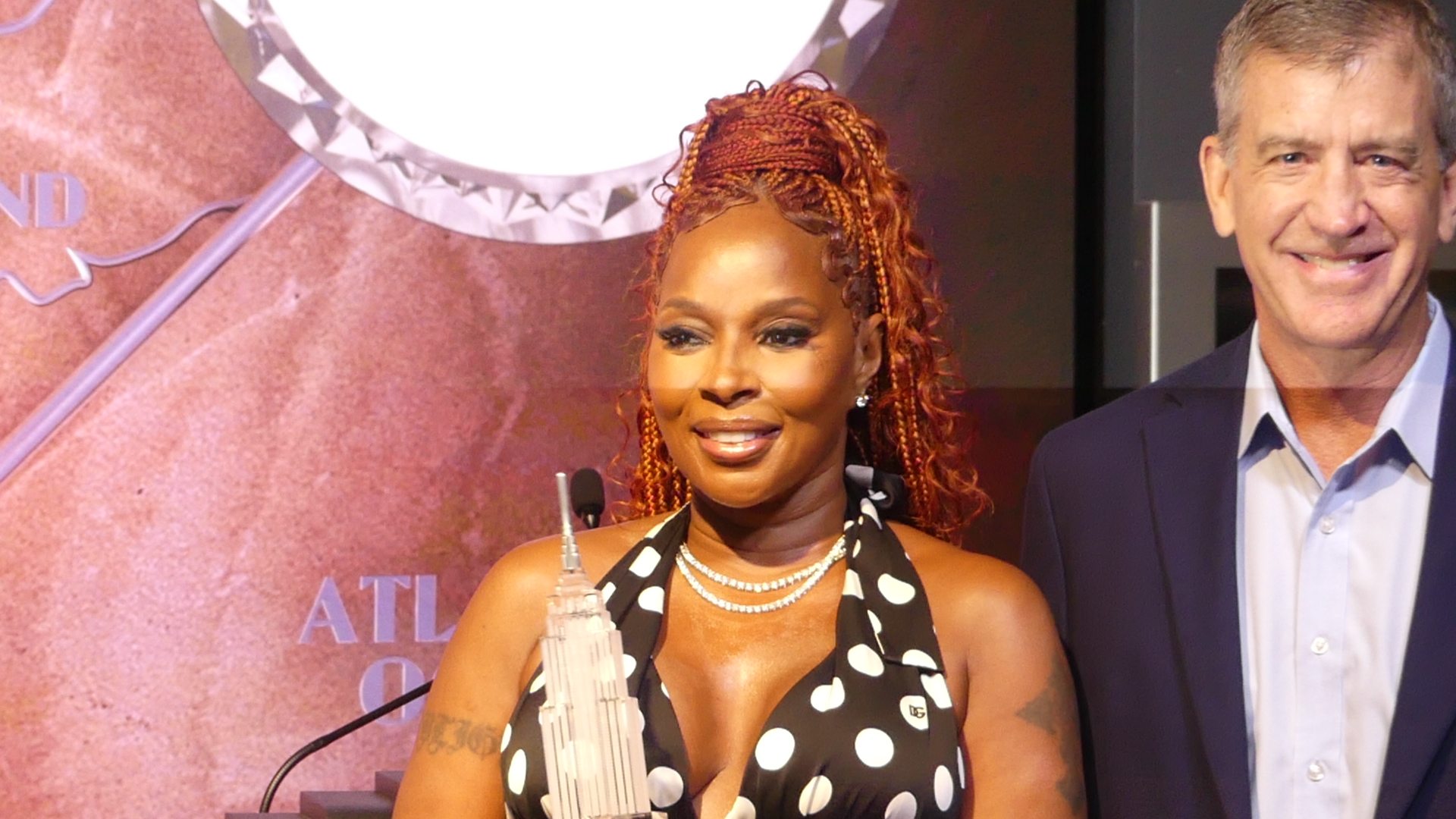As we commemorate the 25th anniversary of Mary J. Blige’s landmark album Mary, it’s essential to reflect on how this Grammy Award-winning artist redefined her artistry by embracing a classic R&B sound.
The evolution of Mary J. Blige
For nearly four decades, Mary J. Blige has delivered generational songs that resonate deeply with many lives. Among her impressive discography, her fourth studio album, Mary, released on Aug. 17, 1999, marked a pivotal moment in her career. This album represented a personal expression of growth and mirrored the evolving R&B landscape.
A shift in sound
With Mary, Blige stepped away from the heavy hip-hop influences of her earlier work, embracing a more mature and classic R&B sound. This shift showcased her versatility and positioned her at the forefront of the entertainment industry. The 14-track LP debuted at No. 2 on the Billboard 200, selling 239,000 copies in its first week, a testament to her immense popularity.
Chart-topping success
The album spent 57 weeks on the Billboard 200, featured five charting singles, including “Give Me You” and “Your Child,” and was praised for its depth and authenticity by critics and fans alike.
Collaborations that enriched the album
Blige collaborated with renowned producers and songwriters, including Babyface, Chucky Thompson and the legendary duo Jimmy Jam and Terry Lewis. These collaborations helped craft an album that was both timeless and contemporary, rooted in the rich traditions of ’70s R&B.
One standout collaboration was with Elton John on “Deep Inside,” where Blige reinterpreted his classic “Bennie and the Jets,” exploring the complexities of fame and its emotional toll on personal relationships.
Guest appearances and iconic covers
Mary was also celebrated for its guest appearances, featuring icons like Aretha Franklin and contributions from Jadakiss and K-Ci & JoJo. Blige also covered songs originally performed by The Gap Band, Stevie Wonder and First Choice, adding depth and texture to the album.
Self-discovery through music
One of the most significant tracks, “All That I Can Say,” written by Lauryn Hill, encapsulates the essence of Mary. With its soulful lyrics and introspective tone, the song set the stage for an album focused on self-discovery and musical exploration.
A timeless legacy
In retrospect, Mary is a landmark album in Mary J. Blige’s discography. It was more than just a collection of songs; it was a statement of artistic intent and personal growth. By embracing vulnerability and introspection, Blige redefined her sound and solidified her legacy as the Queen of Hip-Hop Soul.
As we celebrate this milestone, Mary is proof that Blige is not just a product of her time but a timeless artist whose influence will endure for years to come.

















